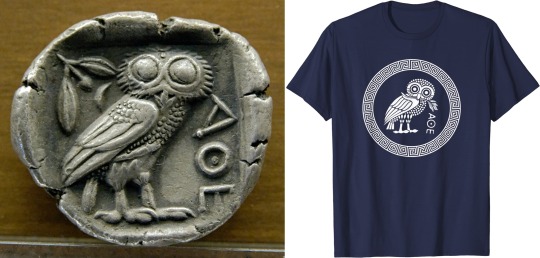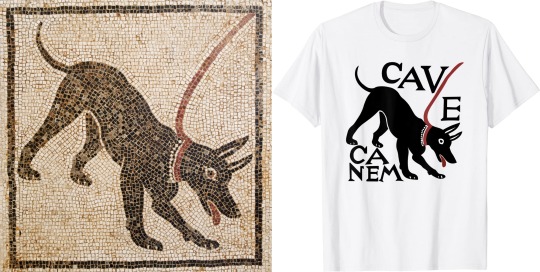Text


Situated in the House of the Faun, one of Pompeii's grandest residences, the Alexander Mosaic captures a pivotal moment of combat between two of antiquity's most famed figures: Alexander the Great and King Darius III of Persia. Unveiled to the world during excavations in the 19th century, this intricate masterpiece is believed to date back to around 100 BC.
Unlike many of its contemporaries which chronicled gods, myths, or benign depictions of daily life, the Alexander Mosaic chooses to bring forth the tempestuousness of battle, with its swirling chaos, the intensity of warriors, and the urgency of a combat's climax. The mosaic is not a mere static depiction; it throbs with dynamism and emotion, capturing the very essence of the turning point in the battle.
The artistry involved in this mosaic is nothing short of phenomenal. Each tessera, or the small tile used in the mosaic, is meticulously placed, creating a depth and realism that is astounding for its age. The contoured faces of Alexander and Darius are especially striking, with each expressing a world of emotion — Alexander's determination and Darius's dismay at the unfolding defeat.
355 notes
·
View notes
Text
16 notes
·
View notes
Link
1 note
·
View note
Link
18 notes
·
View notes
Photo

Owl of Athena.
Our designs: http://archaeostore.com
30 notes
·
View notes
Link
5 notes
·
View notes
Link
6 notes
·
View notes
Photo

Cave Canem (Beware of dog) - 2nd Version.
Our designs: http://archaeostore.com
27 notes
·
View notes
Link
3 notes
·
View notes
Link
3 notes
·
View notes
Link
This design is inspired by the famous mosaic found in Antioch (modern-day Hatay, Turkey). It says "Effrósinos"which means joyful, full of happiness, cheerful.
6 notes
·
View notes
Link
Athena; Greek Goddess of Wisdom and Courage, Civilization and Justice, of Artisanal Skill and Strategic Warfare. The patron Goddess of Athens and her virtues were often represented with the Owl, for its ability to pierce through the gloam of night allows it the vision and perception to see well beyond those who are blinded by the darkness around them. In Athena the Athenians saw the virtues they sought to aspire to, and commemorated her by painting the Owl into their pottery and vases, and would even mint the unblinking and ever-vigilant Owl into their coinage.
5 notes
·
View notes

